Baking Soda Cleaning Hacks: Unlock the sparkling potential of your home with this humble kitchen staple! I’m excited to share some amazing DIY cleaning secrets that will transform the way you think about cleaning. Forget harsh chemicals and expensive cleaners; baking soda is your new best friend.
For generations, baking soda has been a go-to cleaning agent. Our grandmothers knew the power of this simple ingredient, using it to freshen everything from carpets to refrigerators. It’s a testament to its effectiveness and versatility that it remains a household essential today. But did you know that baking soda can do so much more than just deodorize?
Life gets busy, and keeping a clean home can feel like a constant battle. We’re all looking for ways to simplify our routines and save time and money. That’s where these baking soda cleaning hacks come in. I’m going to show you how to tackle tough stains, eliminate odors, and achieve a sparkling clean home using just baking soda and a few other common household items. Get ready to discover the magic of baking soda and say goodbye to cleaning headaches!
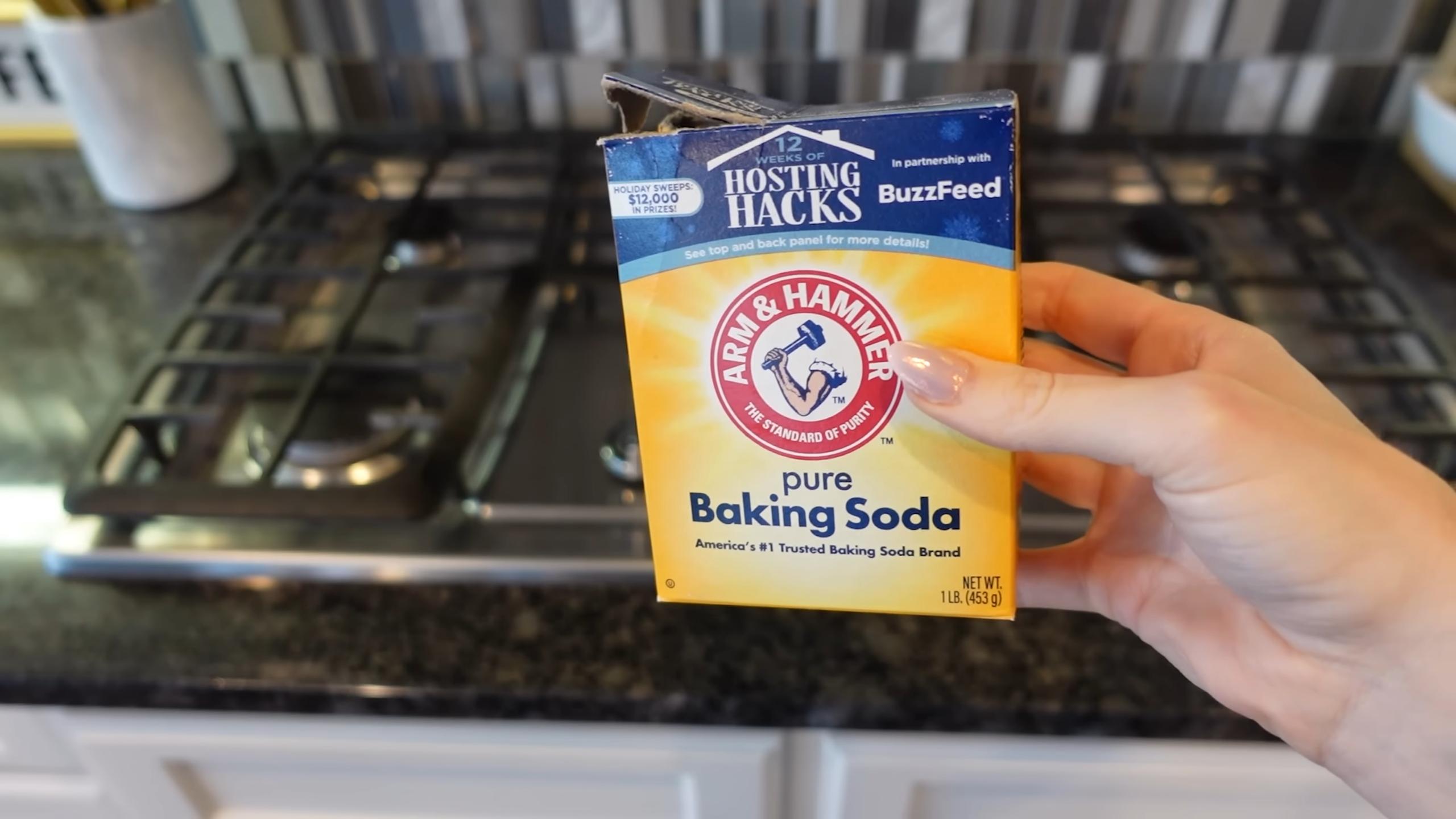
Baking Soda: Your Secret Weapon for a Sparkling Home
Okay, friends, let’s talk about baking soda. You probably have a box sitting in your fridge, maybe to absorb odors, but did you know it’s a powerhouse cleaner? Seriously, this humble ingredient can tackle grime, deodorize, and even polish, all without harsh chemicals. I’m going to share some of my favorite baking soda cleaning hacks that will leave your home sparkling and your wallet happy.
General Tips for Baking Soda Cleaning
Before we dive into the specific hacks, here are a few general tips to keep in mind:
* Always test in an inconspicuous area first. Even though baking soda is gentle, it’s always a good idea to test it on a small, hidden spot to make sure it doesn’t damage the surface.
* Use warm water. Warm water helps baking soda dissolve and work its magic more effectively.
* Don’t mix with vinegar in a closed container. This creates carbon dioxide, which can cause pressure to build up and potentially explode. It’s fine to use them sequentially, but not together in a sealed space.
* Rinse thoroughly. Make sure to rinse away all traces of baking soda after cleaning to prevent a white residue from forming.
* Wear gloves if you have sensitive skin. While baking soda is generally safe, it can be drying to the skin.
Cleaning Your Kitchen with Baking Soda
The kitchen is often the dirtiest room in the house, but baking soda can make cleaning it a breeze.
Cleaning the Oven
Oven cleaning is the chore we all dread, but baking soda can make it much easier.
1. Prepare a baking soda paste. Mix 1/2 cup of baking soda with a few tablespoons of water to form a thick paste.
2. Coat the oven. Spread the paste all over the inside of your oven, avoiding the heating elements. I usually wear gloves for this part, as it can get messy.
3. Let it sit overnight. This is the key! Give the baking soda time to work its magic and loosen the baked-on grime.
4. Scrub and wipe clean. The next day, use a damp sponge or cloth to scrub away the baking soda paste. You might need to use a little elbow grease for stubborn spots.
5. Rinse thoroughly. Rinse the oven with clean water to remove any remaining baking soda residue.
6. Optional: Vinegar spray. For any lingering residue, spray a little vinegar and wipe again. The vinegar reacts with the baking soda, helping to lift it away.
Cleaning the Microwave
Microwaves can get gross quickly, but baking soda can help.
1. Make a baking soda solution. Mix 2 tablespoons of baking soda with 1 cup of water in a microwave-safe bowl.
2. Microwave for a few minutes. Microwave the solution on high for 2-3 minutes, or until the water boils. This will create steam that loosens the grime.
3. Let it sit. Leave the bowl in the microwave for another 5-10 minutes to allow the steam to work its magic.
4. Wipe clean. Carefully remove the bowl (it will be hot!) and wipe down the inside of the microwave with a damp sponge or cloth. The grime should come off easily.
Cleaning the Sink
Baking soda is great for cleaning and deodorizing your sink.
1. Sprinkle baking soda. Sprinkle a generous amount of baking soda into the sink.
2. Scrub with a damp sponge. Use a damp sponge or cloth to scrub the sink, paying attention to any stained areas.
3. Rinse with water. Rinse the sink thoroughly with water.
4. Optional: Vinegar rinse. For extra cleaning power, pour a cup of vinegar down the drain after rinsing. Let it sit for a few minutes, then flush with hot water. This will help to clear any clogs and deodorize the drain.
Cleaning Cutting Boards
Cutting boards can harbor bacteria, so it’s important to keep them clean.
1. Sprinkle with baking soda. Sprinkle baking soda liberally over the cutting board.
2. Scrub with lemon juice. Cut a lemon in half and use it to scrub the baking soda into the cutting board. The lemon juice acts as a natural disinfectant and helps to remove stains.
3. Rinse thoroughly. Rinse the cutting board thoroughly with water.
Cleaning Coffee Makers
Keep your coffee maker brewing fresh with a baking soda cleanse.
1. Make a baking soda solution. Dissolve 1/4 cup of baking soda in a full pot of water.
2. Run the solution through the coffee maker. Brew the baking soda solution as you would regular coffee.
3. Rinse with water. Run a pot of plain water through the coffee maker to rinse away any remaining baking soda.
Cleaning Your Bathroom with Baking Soda
The bathroom is another area where baking soda can shine.
Cleaning the Toilet
Baking soda can help to clean and deodorize your toilet.
1. Pour in baking soda. Pour 1 cup of baking soda into the toilet bowl.
2. Let it sit. Let the baking soda sit for at least 30 minutes, or even overnight for tougher stains.
3. Scrub and flush. Scrub the toilet bowl with a toilet brush and then flush.
4. Optional: Vinegar addition. For extra cleaning power, pour 1 cup of vinegar into the toilet bowl after adding the baking soda. Let it fizz for a few minutes before scrubbing and flushing.
Cleaning the Shower and Tub
Baking soda can help to remove soap scum and mildew from your shower and tub.
1. Make a baking soda paste. Mix 1/2 cup of baking soda with a few tablespoons of water to form a thick paste.
2. Apply the paste. Apply the paste to the shower and tub surfaces, focusing on areas with soap scum or mildew.
3. Let it sit. Let the paste sit for 15-20 minutes.
4. Scrub and rinse. Scrub the surfaces with a sponge or brush and then rinse thoroughly with water.
Cleaning Grout
Grout can be a breeding ground for mold and mildew, but baking soda can help to keep it clean.
1. Make a baking soda paste. Mix 1/2 cup of baking soda with a few tablespoons of water to form a thick paste.
2. Apply the paste to the grout. Apply the paste to the grout lines.
3. Scrub with a toothbrush. Use an old toothbrush to scrub the grout lines.
4. Rinse thoroughly. Rinse the grout thoroughly with water.
Other Baking Soda Cleaning Hacks
Baking soda isn’t just for the kitchen and bathroom. Here are a few other ways you can use it around your home.
Deodorizing Carpets and Rugs
Baking soda is a great natural deodorizer for carpets and rugs.
1. Sprinkle baking soda. Sprinkle a generous amount of baking soda over the carpet or rug.
2. Let it sit. Let the baking soda sit for at least 30 minutes, or even overnight for best results.
3. Vacuum. Vacuum up the baking soda.
Freshening Laundry
Baking soda can help to boost your laundry detergent and remove odors.
1. Add to the wash. Add 1/2 cup of baking soda to your washing machine along with your regular laundry detergent.
Cleaning Silverware
Baking soda can help to remove tarnish from silverware.
1. Line a dish with aluminum foil. Line a baking dish with aluminum foil, shiny side up.
2. Add baking soda and boiling water. Add 1 cup of baking soda and enough boiling water to cover the silverware.
3. Soak the silverware. Soak the silverware in the solution for 10-15 minutes.
4. Rinse and dry. Rinse the silverware with water and dry it with a soft cloth.
Removing Stickers and Adhesive Residue
Baking soda can help to remove stubborn stickers and adhesive residue.
1. Make a baking soda paste. Mix 1/4 cup of baking soda with a few tablespoons of coconut oil to form a paste.
2. Apply the paste. Apply the paste to the sticker or adhesive residue.
3. Let it sit. Let the paste sit for 15-20 minutes.
4. Wipe away. Wipe away the paste and the sticker or residue with a damp cloth.
Cleaning Burnt Pots and Pans
Burnt food stuck to your pots and pans? Baking soda to the rescue!
1. Cover the burnt area with baking soda. Generously sprinkle baking soda over the burnt food.
2. Add water
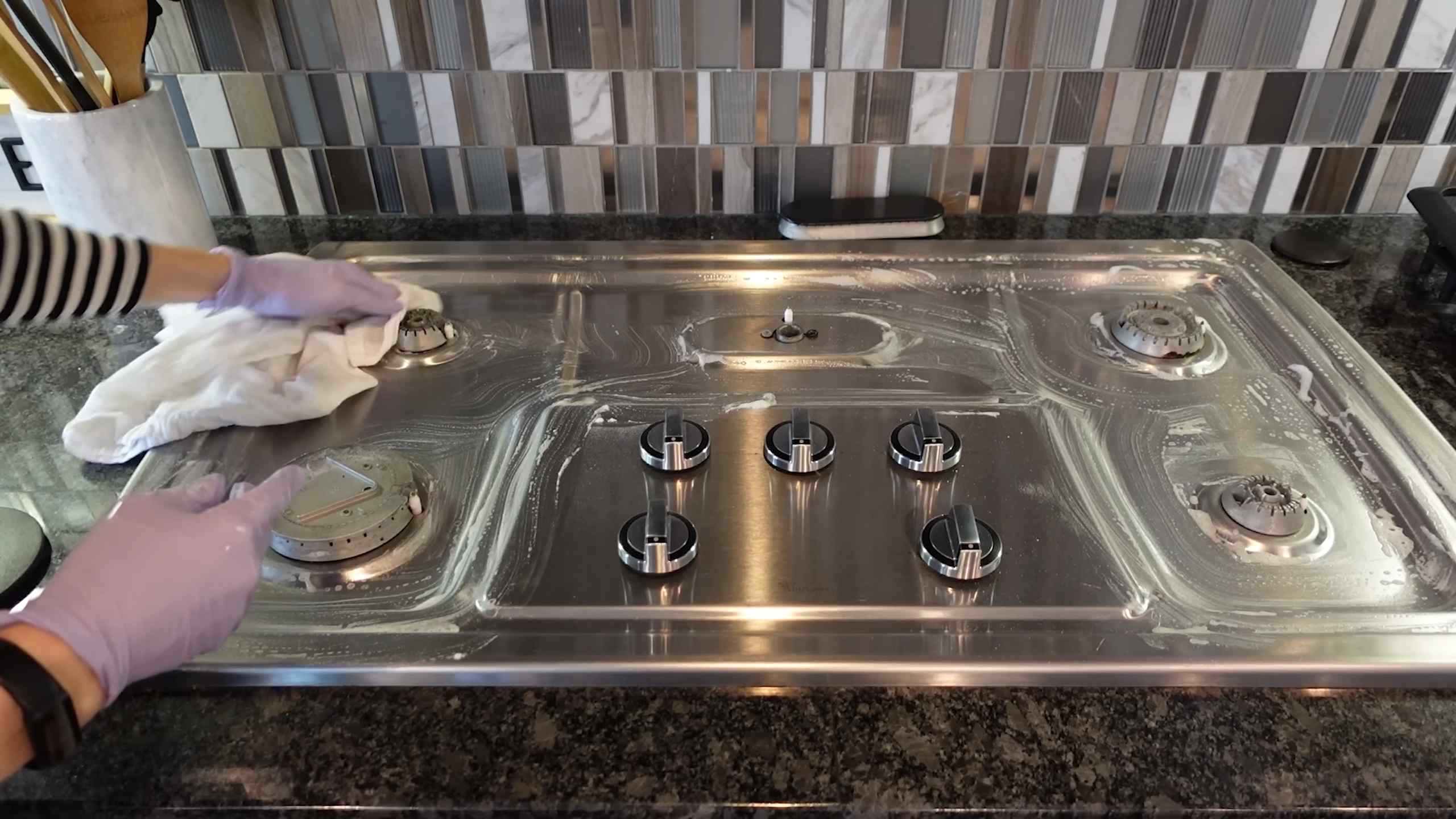
Conclusion
So, there you have it – a treasure trove of baking soda cleaning hacks that will revolutionize your cleaning routine! We’ve explored how this humble, inexpensive powder can tackle everything from stubborn oven grime to dull laundry, and even freshen up your carpets. But why is this DIY approach a must-try?
Firstly, it’s incredibly cost-effective. Compared to the plethora of specialized cleaning products lining supermarket shelves, baking soda is a fraction of the price. You’ll save money while achieving equally impressive, if not superior, results. Secondly, it’s a natural and non-toxic alternative. Say goodbye to harsh chemicals and their lingering odors. Baking soda is safe for your family, your pets, and the environment. This is especially important for those with sensitivities or allergies. Thirdly, it’s incredibly versatile. As we’ve demonstrated, baking soda can be used in countless ways throughout your home, eliminating the need for a cabinet full of single-purpose cleaners.
But the real magic lies in its simplicity. These baking soda cleaning hacks are easy to implement, requiring minimal effort and readily available ingredients. You don’t need to be a cleaning expert to achieve sparkling results.
Looking for variations? Consider adding a few drops of your favorite essential oil to your baking soda paste for a pleasant scent. Lemon essential oil works wonders for brightening surfaces, while lavender adds a calming aroma. For extra scrubbing power, combine baking soda with a small amount of salt. This is particularly effective for cleaning grout or removing stubborn stains from pots and pans. You can also experiment with different ratios of baking soda to water to create pastes with varying consistencies, depending on the task at hand. For example, a thicker paste is ideal for cleaning ovens, while a thinner paste is better for polishing silverware.
We’ve only scratched the surface of what baking soda can do. The possibilities are truly endless. The key is to experiment and discover what works best for you and your home.
We wholeheartedly encourage you to try these baking soda cleaning hacks and experience the difference for yourself. Ditch the expensive, chemical-laden cleaners and embrace the power of this natural wonder. We are confident that you’ll be amazed by the results.
Don’t just take our word for it! We want to hear about your experiences. Share your before-and-after photos, your favorite baking soda cleaning tips, and any variations you’ve discovered in the comments below. Let’s build a community of baking soda enthusiasts and revolutionize the way we clean our homes! Your insights could help others discover the amazing potential of **baking soda cleaning hacks**.
Frequently Asked Questions (FAQs)
Is baking soda safe to use on all surfaces?
While baking soda is generally safe, it’s always a good idea to test it on an inconspicuous area first, especially on delicate surfaces like polished wood or certain types of stone. Baking soda is mildly abrasive, so excessive scrubbing on these surfaces could potentially cause scratches. Avoid using baking soda on aluminum, as it can cause discoloration. For gold plated items, it is best to avoid using baking soda. Always err on the side of caution and test before applying liberally.
Can I mix baking soda with vinegar for cleaning?
This is a common question, and the answer is a bit nuanced. While mixing baking soda and vinegar creates a fizzing reaction that can help loosen dirt and grime, the resulting mixture is mostly water and sodium acetate. The cleaning power is significantly reduced. Furthermore, the reaction releases carbon dioxide in a closed container, which could cause pressure to build up and potentially explode. While the fizzing action can be useful for unclogging drains, it’s generally not the most effective cleaning solution for other purposes. It’s often better to use baking soda and vinegar separately, one after the other, rather than mixing them together.
How do I store baking soda properly?
Baking soda should be stored in an airtight container in a cool, dry place. This will prevent it from absorbing moisture and odors from the surrounding environment. A pantry or cupboard is usually an ideal location. If you’re using baking soda to absorb odors in your refrigerator or freezer, replace it every three months for optimal effectiveness.
What’s the difference between baking soda and baking powder?
Baking soda (sodium bicarbonate) is a single ingredient that requires an acid to activate its leavening properties. Baking powder, on the other hand, contains both baking soda and an acid, so it’s a complete leavening agent. While both can be used for cleaning, baking soda is generally preferred due to its higher alkalinity and abrasive properties. Baking powder is not as effective for cleaning purposes.
Can baking soda remove tough stains from clothing?
Yes, baking soda can be a powerful stain remover for clothing. For general stain removal, create a paste of baking soda and water and apply it to the stain. Let it sit for 15-30 minutes, then rinse and launder as usual. For tougher stains, you can soak the garment in a solution of baking soda and water overnight before washing. Baking soda is particularly effective for removing odors from clothing, such as sweat or mildew.
How can I use baking soda to freshen my refrigerator?
Place an open box or container of baking soda in your refrigerator to absorb odors. Replace the baking soda every three months for optimal effectiveness. You can also use a baking soda paste to clean the interior of your refrigerator, removing spills and stains while neutralizing odors.
Is baking soda safe for septic systems?
Yes, baking soda is generally considered safe for septic systems. It’s a natural substance that won’t harm the beneficial bacteria that are essential for the proper functioning of your septic system. In fact, baking soda can even help to balance the pH levels in your septic tank.
How often should I use baking soda for cleaning?
The frequency of using baking soda for cleaning depends on the specific task and your personal preferences. For general cleaning, you can use baking soda as needed to tackle spills, stains, and odors. For more regular tasks, such as cleaning your kitchen sink or bathroom surfaces, you can incorporate baking soda into your weekly cleaning routine.
Can baking soda be used to clean carpets?
Yes, baking soda is an excellent natural carpet cleaner and deodorizer. Sprinkle baking soda liberally over your carpet, let it sit for at least 30 minutes (or even overnight for heavily soiled carpets), and then vacuum thoroughly. Baking soda will absorb odors and loosen dirt and grime, leaving your carpets fresh and clean.
What are some other unexpected uses for baking soda?
Beyond cleaning, baking soda has a wide range of other uses. It can be used as a natural antacid to relieve heartburn, as a toothpaste to whiten teeth, as a deodorant to neutralize body odor, and as a soothing bath soak to relieve skin irritation. Its versatility makes it a true household staple.

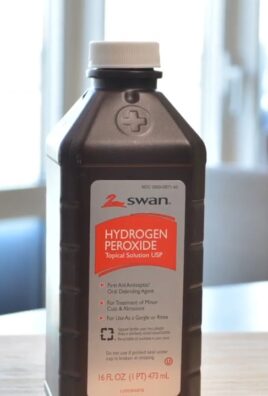
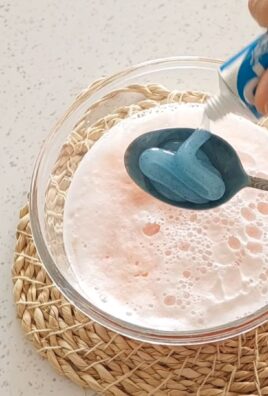
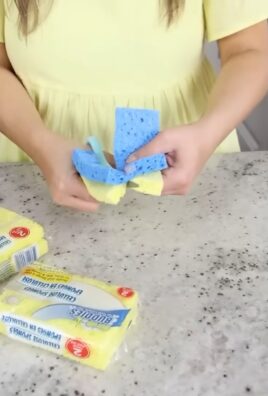
Leave a Comment